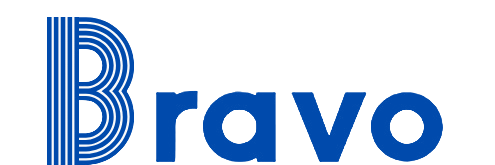Khizar’s Blogs
October Blog:
In October, we made great progress on our micro-mouse project, especially with the development of the IR sensing system. We started by building the IR sensor circuit on a breadboard, carefully arranging components to optimize detection accuracy and stability. After getting the basic setup running, we adjusted a few programs, fine-tuning the code to ensure the sensor data was accurate and responsive enough for our maze navigation goals. With a stable circuit and improved code in place, we turned our attention to designing a custom PCB in Proteus, laying the groundwork for a more streamlined and reliable hardware solution. I also focused beginning the individual coding tasks, which were done on Arduino IDE, and flew through them, making sure they were being assessed by a supervisor. I hit a brick wall when it came to some of the tasks like the task 3.7 due to the complex maths. However, with some aid from the supervisors, . Overall, October was a productive month, moving us closer to a fully functioning micromouse.
November Blog:
During November I had advanced to the next exercises for the individual coding. The latest one focused on getting the two motors to operate the wheel a specific way (clockwise, ACW, freewheel and brake). I am now on to the last task which involves avoiding obstacles, mainly the white line which would act as the ring during combat.
As a team, Team Bravo are discussing our special feature, while considering the difficulty when implementing code etc, and are waiting to have our PCB printed and drilled once printed. Team Bravo finished building the IR circuit on the breadboard, which had a few problems regarding mismatched values of components such as the resistors and capacitors. Once that was checked and running we agreed on who’s PCB was best suitable to be used as the final piece, which was done by comparing the models we simulated on Proteus. Rhys’ model was the model we agreed to have printed.
December Blog:
In December, team Bravo focused on getting the micromouse moving. Once we had the PCB printed, and the components soldered on, we assembled the micromouse and once we had it built, we coded the micromouse with intention to make the micromouse move forwards in a straight line. After successfully doing so, we worked on attempting other directions as well.
Some challenges included; lopsidedness (the robot was heavy on one side causing it to tilt), the robot not moving and the magnets on the wheels having the wrong number of poles (this affected the speed as both wheels weren’t identical).
February Blog:
This month, we got busy and started on the white line sensor. We gathered the components such as a conductive strip, some LDRs, white LEDs and some resistors. We soldered the components on to the strip and fed it some electricity, the LEDs would light up, indicating that the circuit was drawing some current. To check if it was functioning correctly, we measured the LDR’s resistance as it varied in different environments. For example, the LDR would increase in resistance when in a dark environment (when it detected the black board, which the mouse will be competing on) and decreased resistance when in a bright/light environment, like the white line that act as the “ring” for the micromouse.
I also got the opportunity to help the team by working on the website. We went on to format the website and structure it in a professional manner such that it’s readable, colours follow a theme and the text are appropriate size.
March Blog:
During March, I moved onto the website development completely, as the rest of the work that involved the micromouse was a one man job. I did some more formatting, added some new subheading. There was a problem with wordpress where I wasn’t able to upload a video on to the page itself, this meant we had to find alternatives, so we made a YouTube channel and uploaded the relevant videos on that and linked them on the website so it could be accessed by who ever has access to our website. We also neatened up the “documentation” section as well as the “Blogs”. I think the website will be finished mid April, considering the trajectory we’ve been on, relating to the website.
April Blog:
In April, the team was finishing off some areas in preparation for the combat event, in Gregynog. I took over the website and added some sections that were missing such as the white line following in the documentation section and the obstacle avoidance too. Come Gregynog, me and Josh focused on making a presentation which explained our journey, and the progress we made, as well as some explanation as to why we did certain things the way we did them. Once we finished the presenting, we fought and came second.
